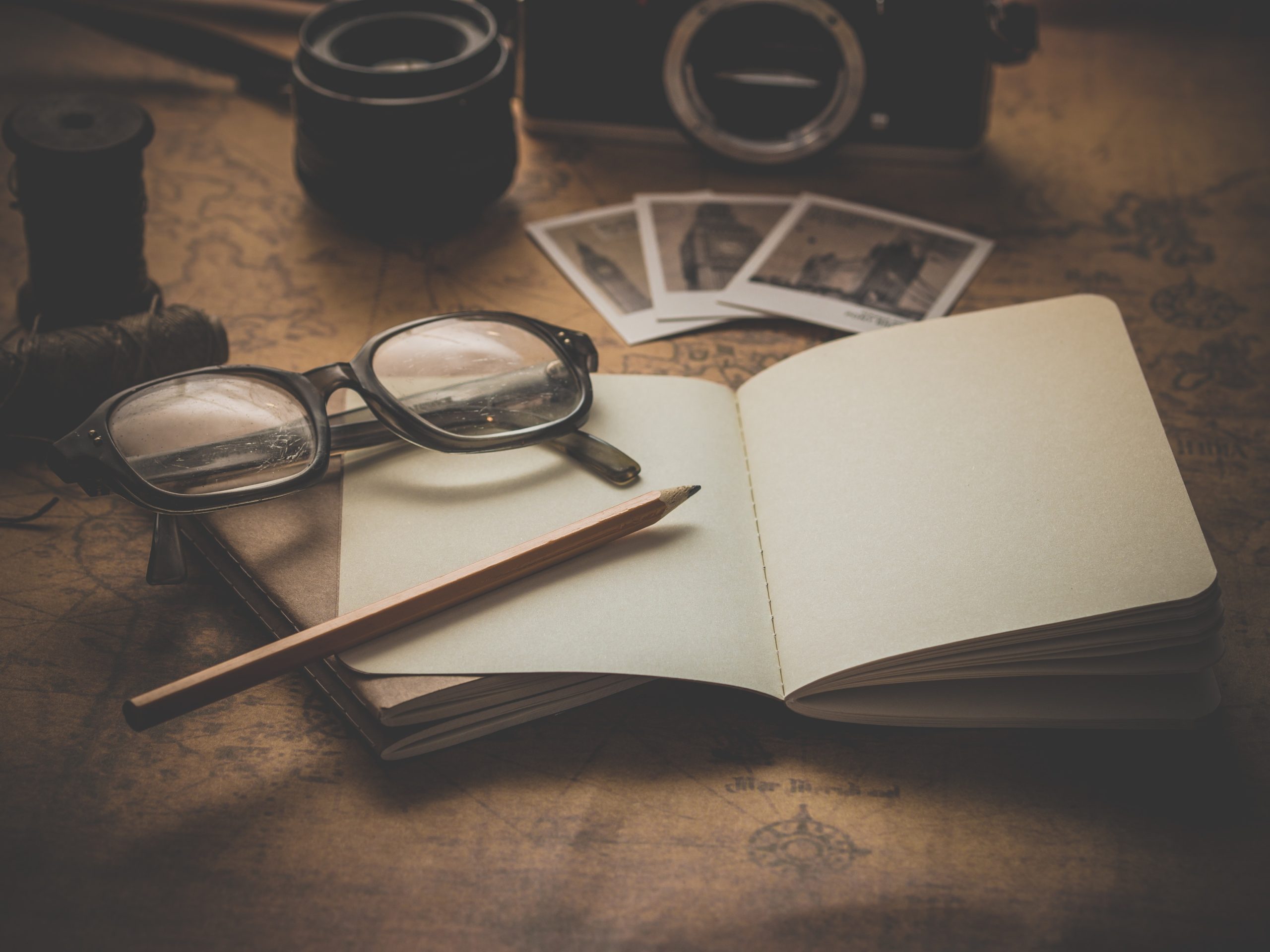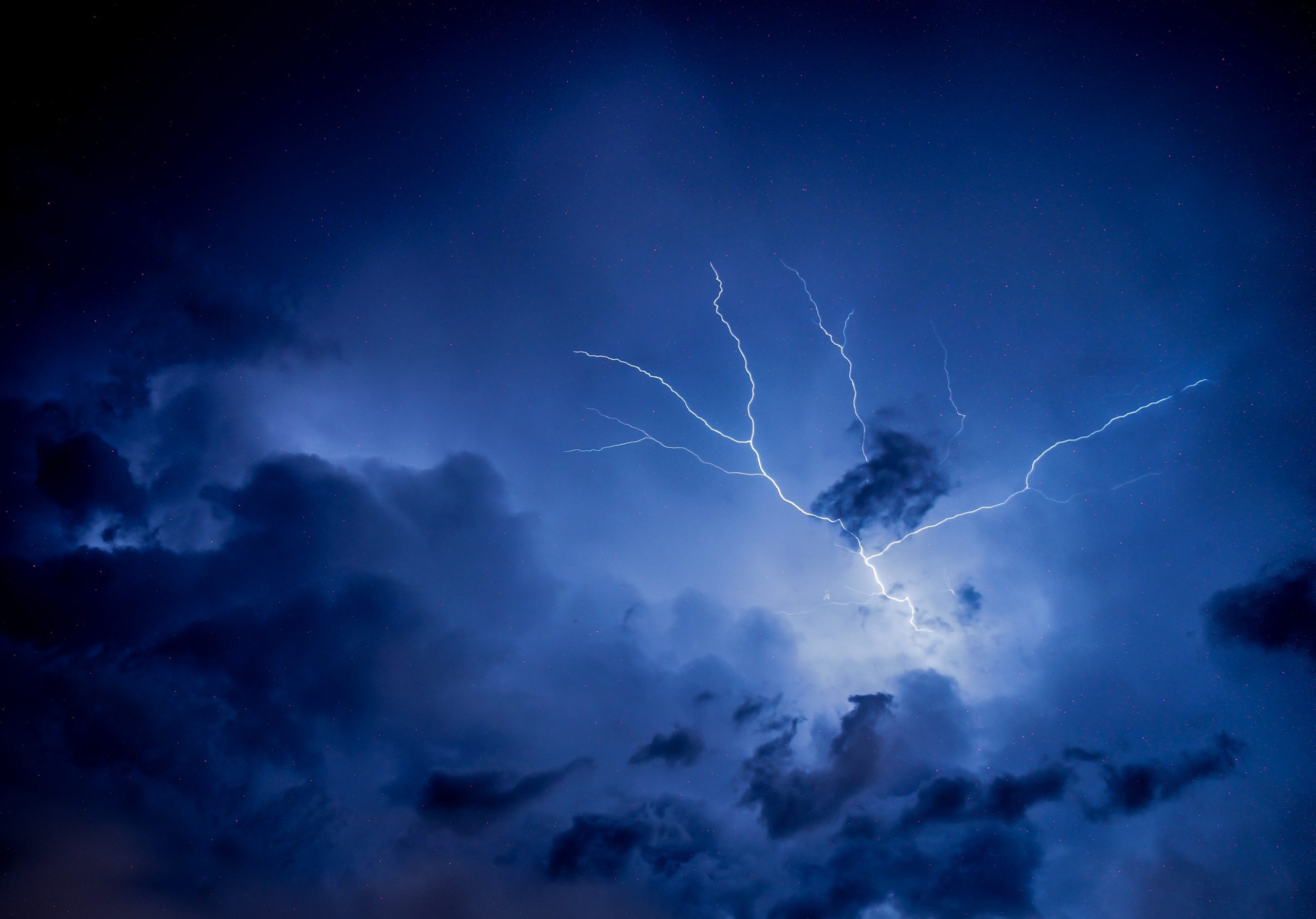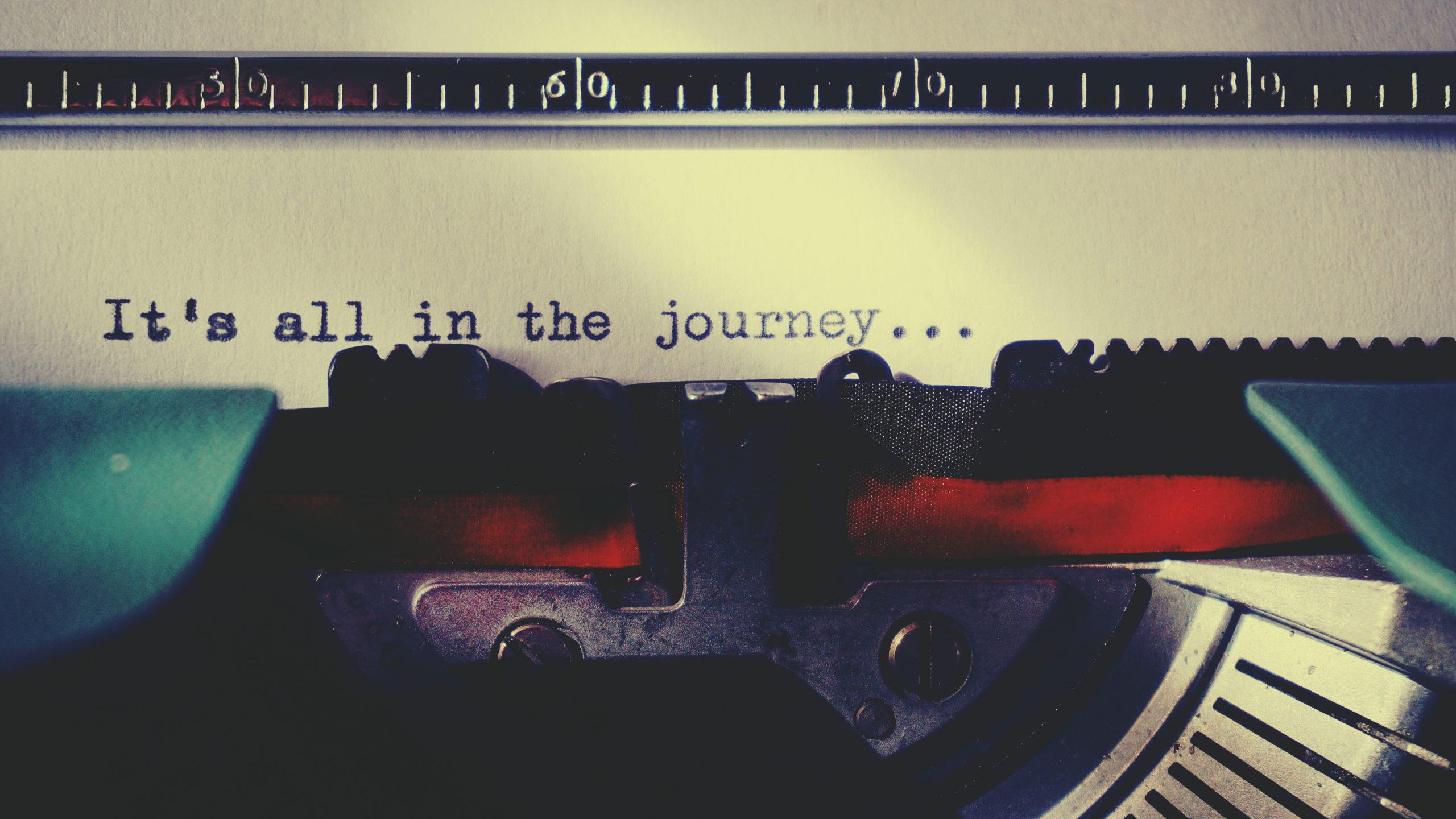Introduction
As a quick announcement, the worldbuilding posts will be moving to Saturdays to be a part of the blog section Saturday Setup, which will deal with different aspects of setting up your story world. The posts will, for now, be up every other week, just as they have been so far. With that out of the way, let’s get started!
Last time we took a look at global mapping, we looked at some of the main terrain features of a map. If you haven’t read Saturday Setups Global Mapping – Terrain Features Pt. 1, you should start there since the features you lay down based on that post will affect what ends up happening here. If you’ve already read it, you should be well on your way to creating a working map for your world, and you’re ready for this step.
With your mountains, rivers, and forests in place, it’s time to consider the last part of your terrain. What type of land are you working with? Tundra, foothills, deserts, or rainforests?
Deciding What Terrain Should Be Placed Where
When considering an area of land, one of the more important decisions is what kind of terrain it will be. Should it be a desert wasteland, a swamp, or a sunny lakeside oasis? Much of this will depend on the land features you already placed. If you have a mountain range nearby, the terrain right below the mountain range is considerably more likely to be hilly than it is to be a flat grassland or frozen tundra.
So, how do you decide what terrain goes where? Let’s take a look at the main kinds of terrains and where they’re most likely to occur. Then, you can put these principles into practice and start marking them in on your map. In the resources section, there will be some links to map-making sites to give you ideas for how to mark different types of terrain as you work.
Deserts
Typically, deserts are areas of terrain without much vegetation due to a lack of water. However, they can also form due to salt poisoning or exhaustion of the soil. They can be sandy or stretches of hard-baked ground, bare rock, or even snow.
Deserts are often located on the equator line because, on an Earth-like planet, the flow of warm and cool air causes the dry, arid climate conducive to a desert that’s incredibly hot. These are the subtropical deserts. For frozen deserts, they’re more often located near the poles or in areas of extreme cold (Siberia in Russia is one example of this on Earth).
There’s another factor in the creation of deserts. Mountains. Those ranges of peaks you placed? Yes, those have an impact on where your deserts may be located. While the air pressure caused by warm and cool air at the equator is one cause for those massive stretches of barren wasteland, mountains are another common cause.
But not every mountain range has a desert on one side of it, so how do you decide if yours should? This has to do with the moisture available in the air and the wind flow. Deserts formed by mountains occur due to the flow of wind over the mountains. As air flows up over the peaks, it leaves much of the moisture in it on the mountain peaks in the form of snow.
This leaves the air coming down from the mountain with much less moisture than it initially had, so as it moves further inland from the mountain range, it can end up creating deserts. This is considered the rain shadow of the mountain. If you choose to create this sort of mountain (and it’s likely you’ll have at least a few), keep in mind that it should always be on leeward side of the mountain.
The third kind of desert is a coastal desert. This one is formed when cold ocean currents contact the warmer air to create a dense layer of fog. These deserts may not get any rain, but they’re usually still wet because of the fog that has caused them to be unable to grow vegetation.
Finally, you have interior deserts. These occur far inland in places where moisture-laden wind simply can’t reach. This kind of desert may also lay in a rain shadow in part or whole. The Gobi desert in Asia is one example of an interior desert. It’s hundreds of kilometers from the sea, making it too far away to gain a moisture-laden wind. The Gobi desert is also in the rain shadow of the Himalayas.
Plains
Plains are flat ranges of land that can be grassland, forest, desert, or tundra. There are also flood plains and volcanic plains. I’ve already covered deserts above, and tundra is just frozen expanses of land that could also classify as polar deserts depending on the vegetation level. (Surprisingly, tundra can support a variety of mosses and small shrubs.) However, let’s take a look at the grassland, forested, flood, and volcanic plains.
To begin, let’s look at the most common type seen on Earth. Grassland plains. These plains are identified by the main type of vegetation: grass. Depending on the region and climate, grassland plains can go by a few different names. For instance, the temperate plains in the US are considered just grassland or prairie. These have warm summers and cold winters. But the temperate plains in Asia are considered steppes, since they don’t receive enough rain to grow any tall trees or bushes. Lastly, the subtropic plains in Africa or other regions are called savannas because they’re warm and have scattered trees.
The second type of plain is the forested plain. These ones can occur in many places but are characterized by their variety of trees, shrubs, and vegetation.
Rivers create the third type of plain. Floodplains occur when a river overflows its banks and begins depositing nutrient-rich soil as it does. If the river floods often enough, the sediment can build up to create a floodplain. The Nile River is one notable example of this.
Volcanic plains, the last kind of plain I’ll discuss here, occur because lava has shoved its way up from underground to flow out over the land. This creates land that’s darker than the rest of the land around it, due to the basalt, a mineral found in lava that breaks down into the earth. The soil can be very nutrient-rich and is capable of sustaining vegetation.
Marshes and Swamps
Marshes are wetlands formed on the edges of bodies of water like rivers or lakes. They often help to transition from aquatic to land life. Generally, marshes can grow reeds, low-lying bushes, rushes, and grasses. They’re divided into three categories based on salinity. Salt marshes are the only marshes that are usually only located at mid-to-high altitudes. The other two types are freshwater marshes and tidal marshes, which are affected by the tides.
Swamps, on the other hand, are regions with a mixture of shallow bodies of water and land masses. They move slowly and sustain plenty of bugs and leeches. Many other animals also call the swamp home, and the vegetation that grows there varies widely. Generally, swamps are dangerous areas that should be admired from a distance. Not only are there many dangerous animals, but swamps also contain quicksand or similar features that lead to drowning. Swamps are also considered wetlands and may also be called bogs or, in some cases, salt marshes.
Conclusion
Using this as a guide, you should be able to map out most of the main features needed for your world. Of course, there will always be more you can learn about different types of terrain, but this should be enough to give you a good start. The other features are often found within these main biomes or terrains, making it simple to add them later on the map or on a localized map.
Further Reading
Photoshop Map Tutorial (A good place to start learning to map digitally if you enjoy digital art.)
Mapping trees (Helpful for marking out those wooded plains.)
Fantastic Maps Tutorials (A bunch of random map-making tutorials to help you get started.)






